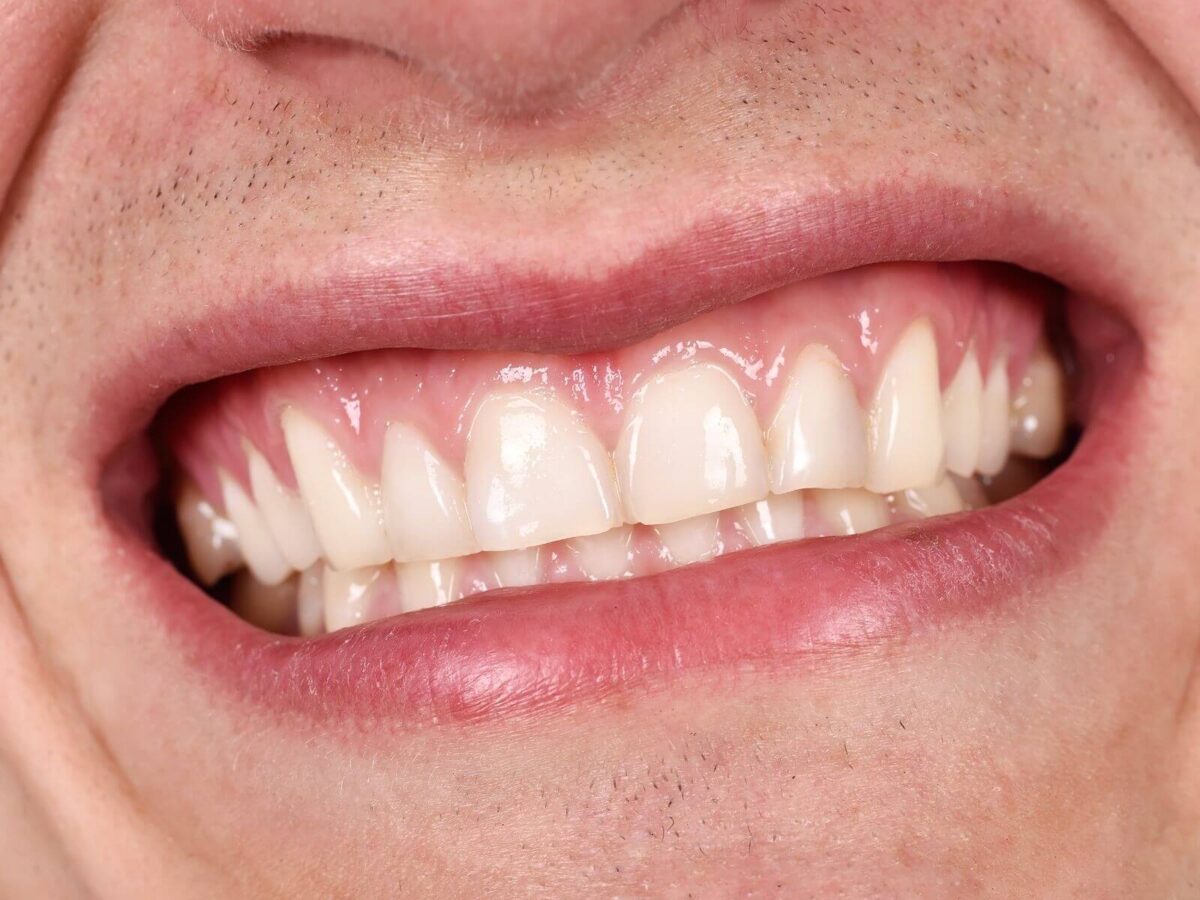Blog
Dental hygiene tips for healthy teeth & gums

How To Identify Early Signs of Gum Recession
The state of your teeth and mouth depends much on your gums. Often beginning slowly over time, gum recession can surprise you. Most people only notice it when it starts to get more serious. Your teeth’s roots show more as your gums recede.
It increases their chances of cavities, sensitivity development, or even fall-out. If you notice the signs of early gum recession, you can steer clear of pain and costly treatments down the line. This article talks about the signs, causes, and ways to prevent issues to help keep your gums healthy.
What is the Gum Recession?
Gum recession exposes your teeth’s roots; this is evident from the declining gum tissue in your mouth. Gum recession can have several causes, including past existing gum disorders, too-aggressive brushing, or inadequate mouth care. If gum recession is caught early, it can often be controlled and even corrected with the right care.
The First Signs of an Early Gum Recession You Cannot Ignore
- More sensitive teeth
More sensitive teeth are one of the first signs of gum loss. It could mean that your gum line is receding and showing your tooth roots if drinking hot coffee or eating ice cream all of a sudden hurts. - Longer-Looking Teeth
You can really tell that your teeth look different, and that’s a clear sign of early gum loss. When your lips pull back from your teeth, you get a better view of them, making your teeth appear “longer.” - Exposed Tooth Roots
Does a line appear when you look in the mirror at your teeth, where the gums once covered the roots of your teeth? Teeth sensitivity and decay are two additional side effects of this problem that might worsen the appearance of your teeth. - Bleeding Gums while Brushing
Gum recession or another periodontal disease may cause excessive bleeding during flossing or brushing. Plaque-induced irritation can cause hemorrhage and gum recession if left untreated. - Swollen or red gums
Healthy gums are pink and firm. Red, swollen, or painful gums indicate early gum recession. It could mean that there is a problem deeper down that is causing your gums to recede. And this problem needs immediate action. - Persistent Bad Breath
Bacteria can build up in areas made by gums that are receding, even after you brush your teeth. It can cause bad breath that won’t go away. This problem can lead to severe confidence issues.
What are the Reasons for the Early Gum Recession?
Understanding the reasons for gum recession enables you to implement preventive measures. Common causes of gum recession include:
- Too much pressure or a stiff toothbrush might damage gums.
Because plaque builds up on your teeth, not brushing and flossing can compress your gums and create pain. - Periodontal illnesses, including periodontitis and gingivitis, weaken dental tissue, increasing tooth loss risk.
- Too much grinding might cause molar pain and receding due to stress. Tobacco and nicotine products damage gums, making healing difficult and requiring special care.
- Poor chewing can stress your gums and cause early gum recession.
If you find your gums shrinking, consult a dentist immediately. A dentist or periodontist can examine your gums and recommend scaling, extensive cleaning, or surgery if necessary.
How to Keep Gum From Receding?
If you pick up healthy habits, you can often stop or slow down early gum recession:
- Use a soft-bristled toothbrush and soft, rolling motions while brushing your teeth. Do not scrub back and forth too hard.
- Daily flossing eliminates food pieces and plaque that brushing by itself cannot remove.
- Visit a Beaumont Dentist in TX at least twice a year to have your teeth cleaned and to check your gums.
- Stopping tobacco use will help your general and oral health be much improved.
- If you grind your teeth, discuss bespoke mouthguards with your doctor. It will guard your teeth and gumline.
- A diet high in minerals and vitamins—especially calcium and vitamin C—helps to maintain healthy gums.
Various Approaches for Addressing Tooth Loss And Gum Recession
Although avoiding gum recession in the first place is the best approach to stop it, other techniques can also be useful:
- Deep cleaning removes plaque and tartar from below the gum line using cutting and scaling techniques. It calms inflammation.
- Severe cases may call for covering the roots with tissue from another section of your mouth. This process is called gum grafting.
- Gum tissue is transferred to cover regions where it has receded in minimally invasive pinhole surgery.
Conclusion
Maintaining the health of your teeth and avoiding more major issues depend on early identification of gum recession. By spotting symptoms like sensitive teeth, longer-looking teeth, or bleeding gums, you can preserve your smile over time.
Remember that gums are as vital as teeth for dental health. Proactively visiting the dentist and developing good habits can make a difference. Have you encountered the signs of an early gum recession recently? Post your concerns or questions below.


